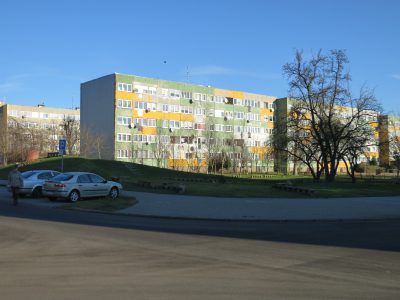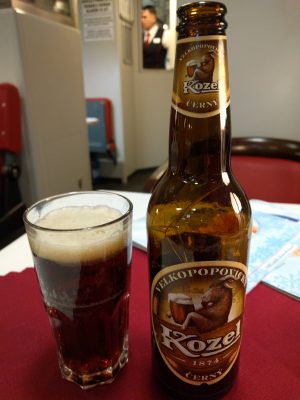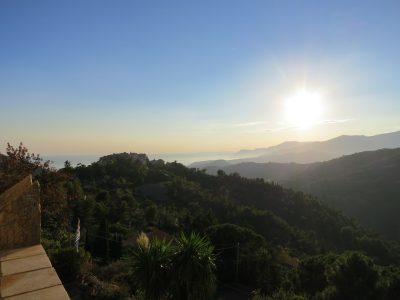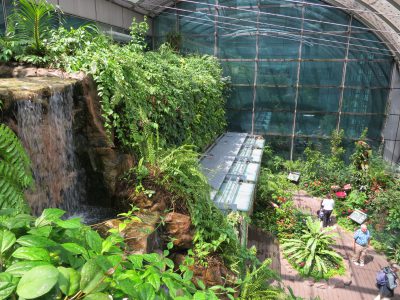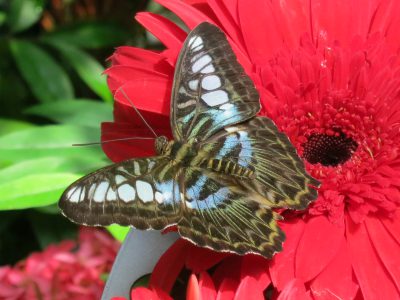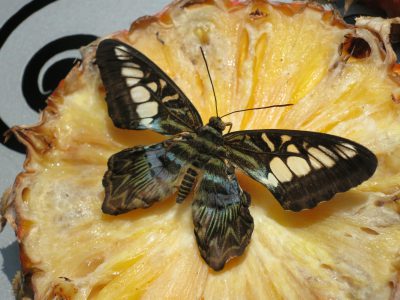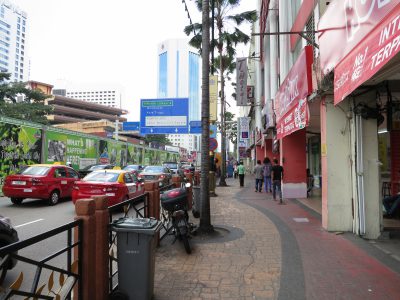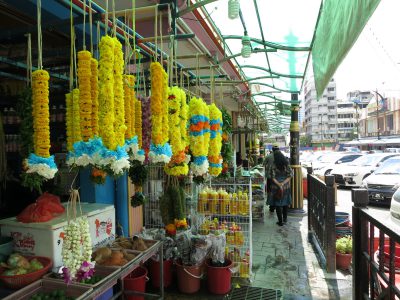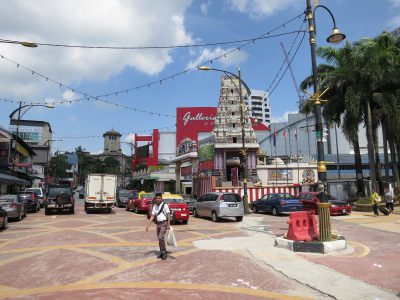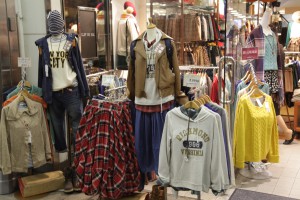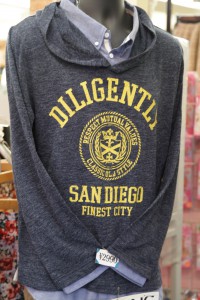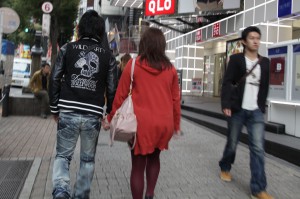I made it back. Walk to tram, tram to bus, bus to airport, long check-in line, walk to gate, fly to Heathrow, go through seemingly endless labyrinthine hellscape at Heathrow, fly to Seattle, go through Customs, walk to shuttle, shuttle to car, drive home. Roughly 21 hours. I think 19 of that was in Heathrow, although BA upgraded me and let me pre-board for no apparent reason. Maybe they liked the cut of my jib, although honestly my jib was looking pretty rumpled at that point.
Some final notes:
- I learned to say seven things in Czech: Dobrý den (good day), prosím (please), pivo (beer), káva (coffee), pokladna (cash register), papriková klobása (paprika kielbasa), and trdelník (trdelník).
- Danish trucks don’t make a beeping noise when they back up.
- On all the local transportation I rode (trams, subways, buses, etc.) in Copenhagen, Berlin, and Prague, I don’t think anyone ever checked my ticket. I’ve read that Prague spot-checks riders and will fine you 700 Kč if you don’t have a valid ticket. But a three-day ticket is 310 Kč, so if they check less than once per week, you’d come out ahead by paying the fine.
- Thai massage seems to be a thing in Prague. They’re all over the place. One aspect of Thai massage involves putting your feet in a fish tank so that fish can nibble them. This takes place in the front window so that you, the idiot tourist, are on display to passersby while fish nibble your toes. I did not do this.
- I now understand the line from the 2013 David Bowie song “Where Are We Now”.
Had to get the train
From Potsdamer Platz
You never knew that
That I could do that
Meistersaal studio, near Potsdamer Platz, was where Bowie and Iggy Pop recorded in 1977. Potsdamer Platz was one of the ghost stations of the U-Bahn. It was in the east, but the stations on either side were in the west. Trains were not allowed to stop there and guards were posted in the station to make sure they didn’t. West Berlin had to pay the DDR for the privilege of passing through. - I walked a total of 118.44 miles over 18 days, for an average of 6.58 miles per day.
- I really need to bring less luggage.



